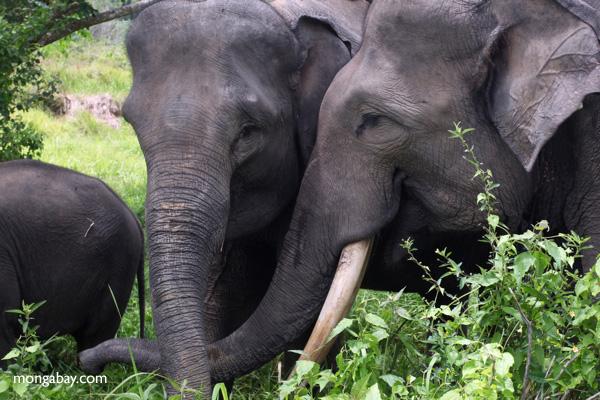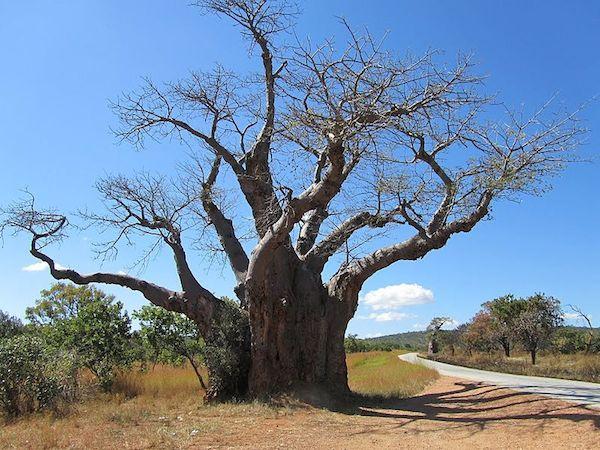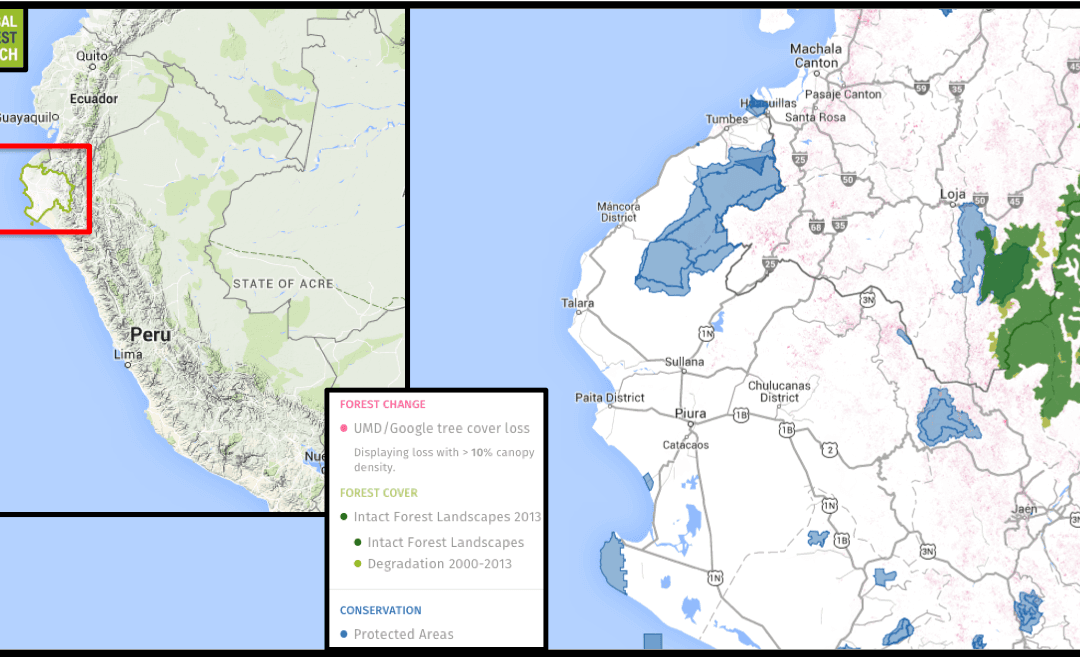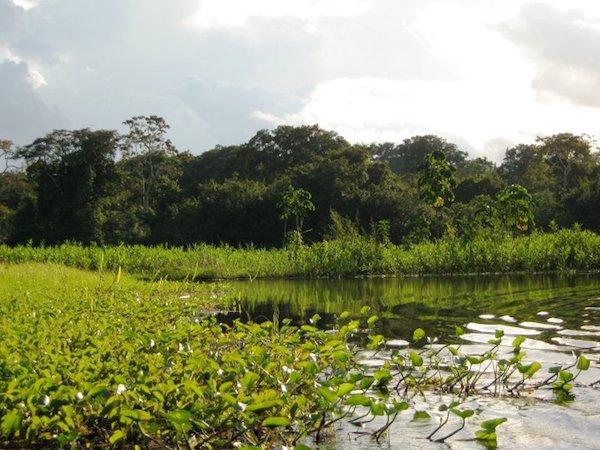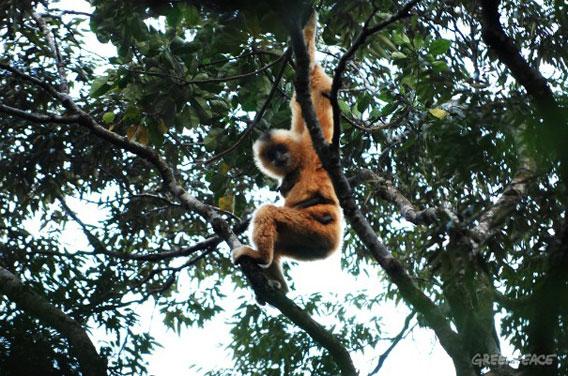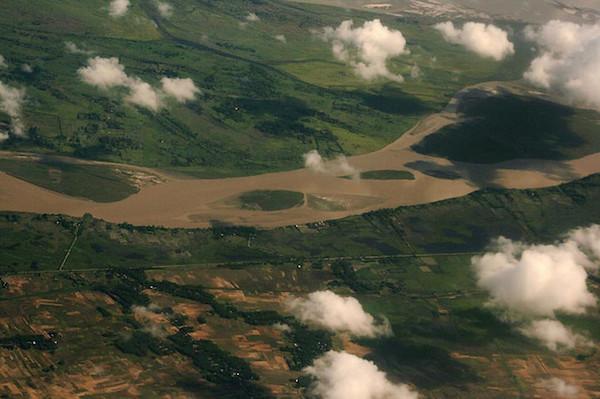Apoorva Joshi
Author
LATEST
Study Finds Brazil Approaching Deforestation Breaking Point
A study on the impact of forest loss on biodiversity, recently published in the journal Conservation Biology, shows that one-third of the Brazilian Amazon is headed toward or has just passed a threshold of forest cover beyond which species loss accelerates and is more damaging.
|
New Study Examines Forest Restoration
Across the world, scientists estimate there are about two billion hectares of degraded forestland. In Indonesia alone, 25 million hectares of former logging concessions currently have no management, according to research.
|
Deforestation Driven by Economic Hardship in Zimbabwe
Zimbabwe, home to more than 14 million people, is currently facing a severe economic crisis. Under President Robert Mugabe’s land distribution reforms, in the year 2000 all white-owned commercial farms were forcibly seized for redistribution to landless native Zimbabweans.
|
Study Finds Peru’s Protected Areas Are Mis-located
Many of the world’s protected areas may not be located in the areas that need them the most, according to a recently published study in the journal PLoS ONE. The study examined the effectiveness of Peru’s existing protected area system in holistically preserving the biodiversity in this megadiverse country, finding it inadequately protecting many of the country’s species.
|
Researchers Propose Improvements for Peru’s Protected Areas
In a study published recently in PLOS ONE, researchers examined Peru’s network of protected areas. They found that many of these don’t exist in the areas most important for preserving the country’s biodiversity and addressing its threats, and suggest alternatives to make the system more effective.
|
Island Gibbons Endangered as Forest Disappears
The island of Hainan in the South China Sea is the largest of about 200 islands constituting the south-eastern Chinese province of the same name. On this island, a Critically Endangered primate struggles to survive in what’s left of its home.
|
One Man Plants Huge Forest Reserve
In the northeastern Indian state of Assam, a 51-year-old man lives with his family in a small hut without electricity or a water connection, isolated from the hubbub of nearby cities. Jadav “Molai” Payeng, a member of Assam’s indigenous Mising tribe, resides in Assam’s Jorhat district in the village of Aruna Chapori.
|
Deforestation Threatening Sulawesi’s Unique Wildlife
For 10 million years the Indonesian island of Sulawesi has been disconnected from other landforms, almost inviting evolution to color outside the lines. Despite a growing population and limited space -- more than 17 million people reside on the island as of 2010 -- Sulawesi has managed to provide a safe haven to hundreds of unique species as they evolved over millennia.
|
Study Finds Brazil Approaching Deforestation Breaking Point
A study on the impact of forest loss on biodiversity, recently published in the journal Conservation Biology, shows that one-third of the Brazilian Amazon is headed toward or has just passed a threshold of forest cover beyond which species loss accelerates and is more damaging.
|
New Study Examines Forest Restoration
Across the world, scientists estimate there are about two billion hectares of degraded forestland. In Indonesia alone, 25 million hectares of former logging concessions currently have no management, according to research.
|
Deforestation Driven by Economic Hardship in Zimbabwe
Zimbabwe, home to more than 14 million people, is currently facing a severe economic crisis. Under President Robert Mugabe’s land distribution reforms, in the year 2000 all white-owned commercial farms were forcibly seized for redistribution to landless native Zimbabweans.
|
Study Finds Peru’s Protected Areas Are Mis-located
Many of the world’s protected areas may not be located in the areas that need them the most, according to a recently published study in the journal PLoS ONE. The study examined the effectiveness of Peru’s existing protected area system in holistically preserving the biodiversity in this megadiverse country, finding it inadequately protecting many of the country’s species.
|
Researchers Propose Improvements for Peru’s Protected Areas
In a study published recently in PLOS ONE, researchers examined Peru’s network of protected areas. They found that many of these don’t exist in the areas most important for preserving the country’s biodiversity and addressing its threats, and suggest alternatives to make the system more effective.
|
Island Gibbons Endangered as Forest Disappears
The island of Hainan in the South China Sea is the largest of about 200 islands constituting the south-eastern Chinese province of the same name. On this island, a Critically Endangered primate struggles to survive in what’s left of its home.
|
One Man Plants Huge Forest Reserve
In the northeastern Indian state of Assam, a 51-year-old man lives with his family in a small hut without electricity or a water connection, isolated from the hubbub of nearby cities. Jadav “Molai” Payeng, a member of Assam’s indigenous Mising tribe, resides in Assam’s Jorhat district in the village of Aruna Chapori.
|
Deforestation Threatening Sulawesi’s Unique Wildlife
For 10 million years the Indonesian island of Sulawesi has been disconnected from other landforms, almost inviting evolution to color outside the lines. Despite a growing population and limited space -- more than 17 million people reside on the island as of 2010 -- Sulawesi has managed to provide a safe haven to hundreds of unique species as they evolved over millennia.
|


